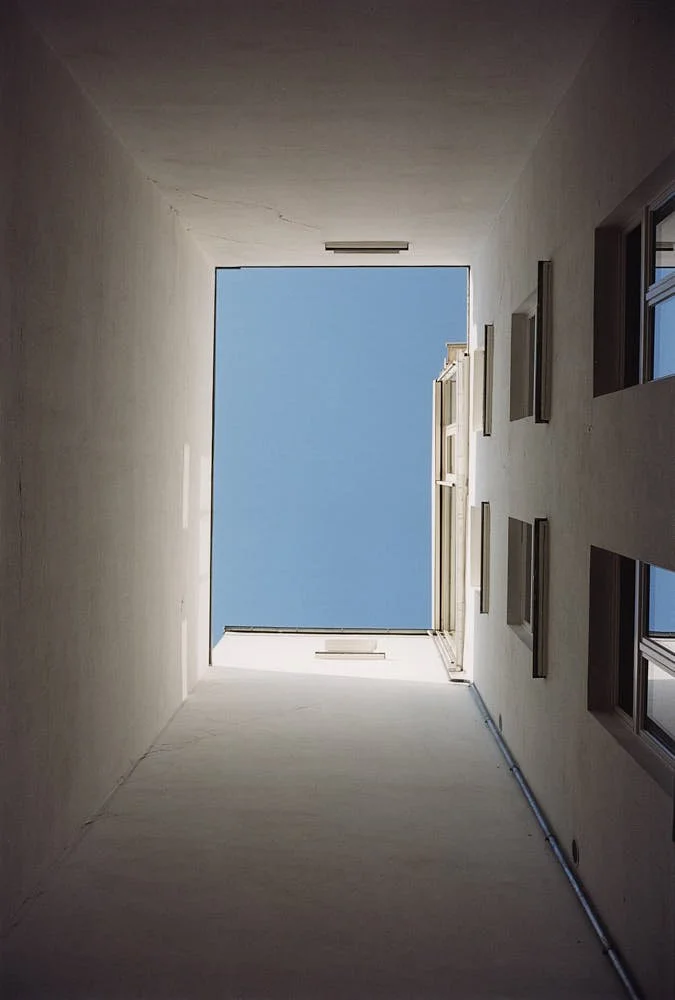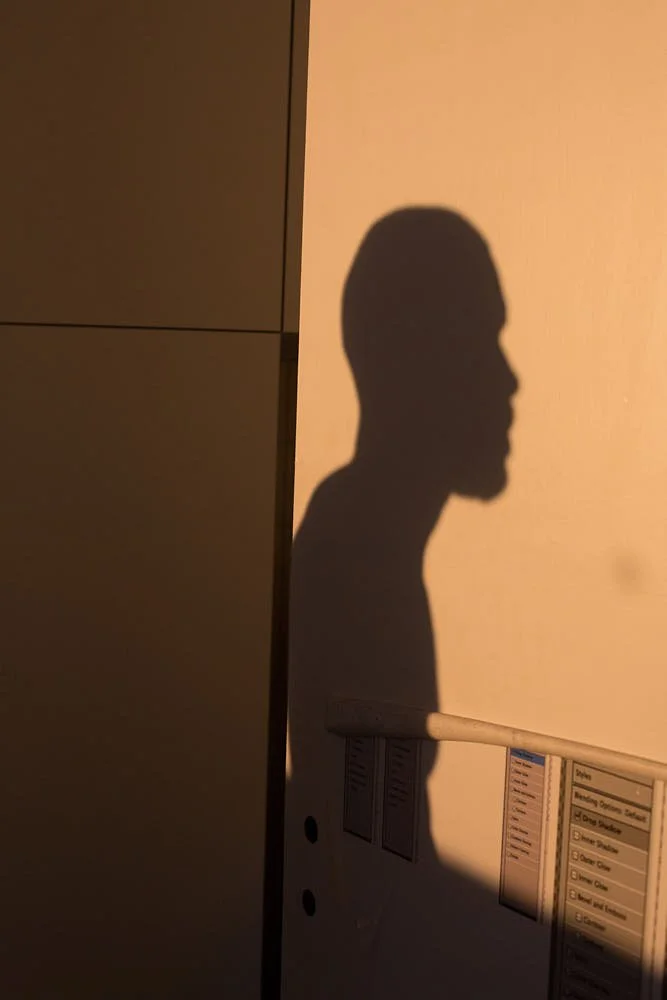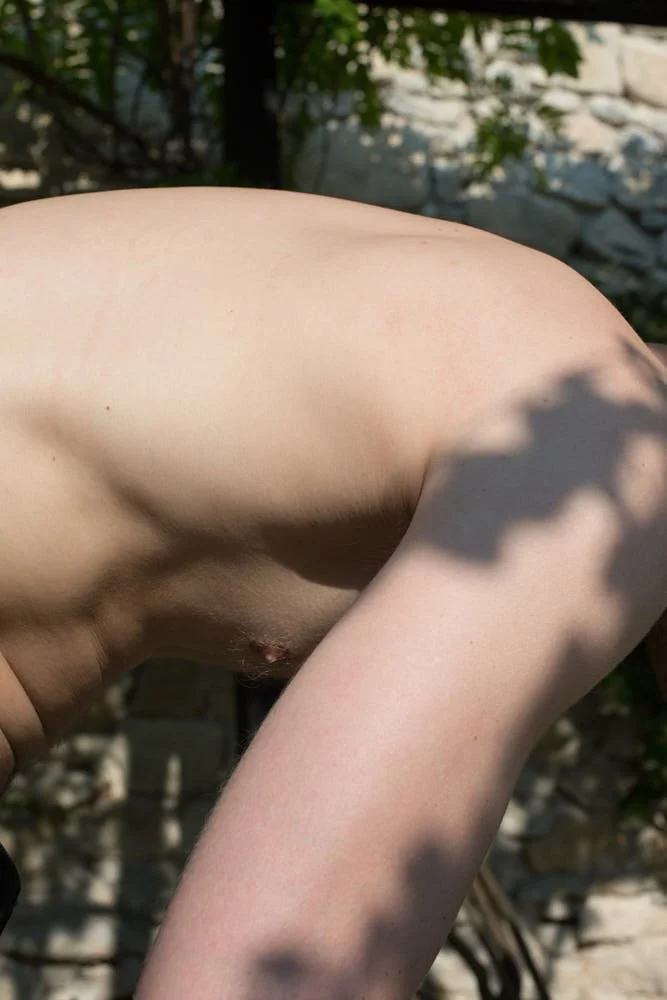NARGES MOHAMMADI
*The Architecture of Memory
written ALBAN E. SMAJLI
Inside Brutus Rotterdam, the exhibition No One Bats an Eye by Narges Mohammadi opens with quiet force. The Barbarella space, raw and industrial, carries the rhythm of a sewing machine that hums like breath. Sand, alabaster, and clay form a fragile architecture of remembrance. A house takes shape, not as shelter, but as memory made visible.
Narges Mohammadi, born in Kabul in 1993, brings together fragments of her early life with the material language she has refined across her practice. Trained in art history in Utrecht and visual arts at the Royal Academy of Art in The Hague, she moves between sculpture, installation, and sound. Her process carries the intimacy of craft and the urgency of history.
Narges Mohammadi
seen by Laura Siliquini
Narges Mohammadi
seen by Laura Siliquini
In No One Bats an Eye, alabaster becomes her instrument. She hollows the stone until only a translucent layer remains. “The act of removing feels essential,” she says in the interview. “It reveals the fragility of what we carry and what remains when survival becomes daily work.” Around her, the space expands with sand and clay sculptures, enlarged family photographs pressed into loam, and domestic shapes that seem to breathe. Each object feels ordinary and ceremonial, the sewing machine, cast in alabaster, evokes her mother’s worktable. “That sound of stitching was always present,” she says. “It meant care. It meant making things last a little longer.” A lamp carved from stone glows faintly under the light. Nearby, eggs rest on the floor, symbols of both nourishment and expectation.
Mohammadi’s approach to sculpture stems from material empathy. Her earlier works in concrete, soap, halva, and straw explored endurance through touch and scent. Here, she turns to the quiet translucency of alabaster to explore what she calls “the skin of memory.” “When I carve,” she explains, “I am not building something new. I am uncovering what was already there.”
The exhibition forms a sequence of rooms, each suspended between intimacy and distance. A bench sculpted from sand invites pause, a doorway veiled in fabric opens toward light. The atmosphere moves between tenderness and gravity. Poverty, resilience, and dignity exist as shared presences rather than subjects. “The work is not about pity,” she says. “It is about visibility. About giving shape to what often stays unnamed.”
Narges Mohammadi
Er kraait geen haan naar, solo exhibition at Brutus, Rotterdam
seen by Laura Siliquini / courtesy of the Artist & Copperfield, London
Her vision resonates deeply with Brutus, an artist-driven space known for its openness to experimentation. Within its rough architecture, her installation extends beyond sculpture into social texture. Friends and collaborators assisted in the making — sifting, molding, and assembling. The process became a form of communal repair. “I wanted to build with others,” she says. “Each gesture carries someone’s care.”
No One Bats an Eye holds the resonance of inheritance. The materials carry weight and light at once, they suggest the persistence of memory through touch, the continuity of warmth through scarcity. Rubiah Balsem’s opening words framed the exhibition as a threshold: an invitation to see empathy as architecture. The work exists as a quiet resistance — a monument built from gentleness.
Through every detail, Mohammadi’s practice affirms the presence of life within constraint. Her sculptures stand as vessels of remembrance, translucent and porous, filled with breath. They hold stories of endurance, hospitality, and transformation, offered without spectacle, sustained by grace.
No One Bats an Eye remains on view at Brutus Rotterdam until December 14, 2025.















